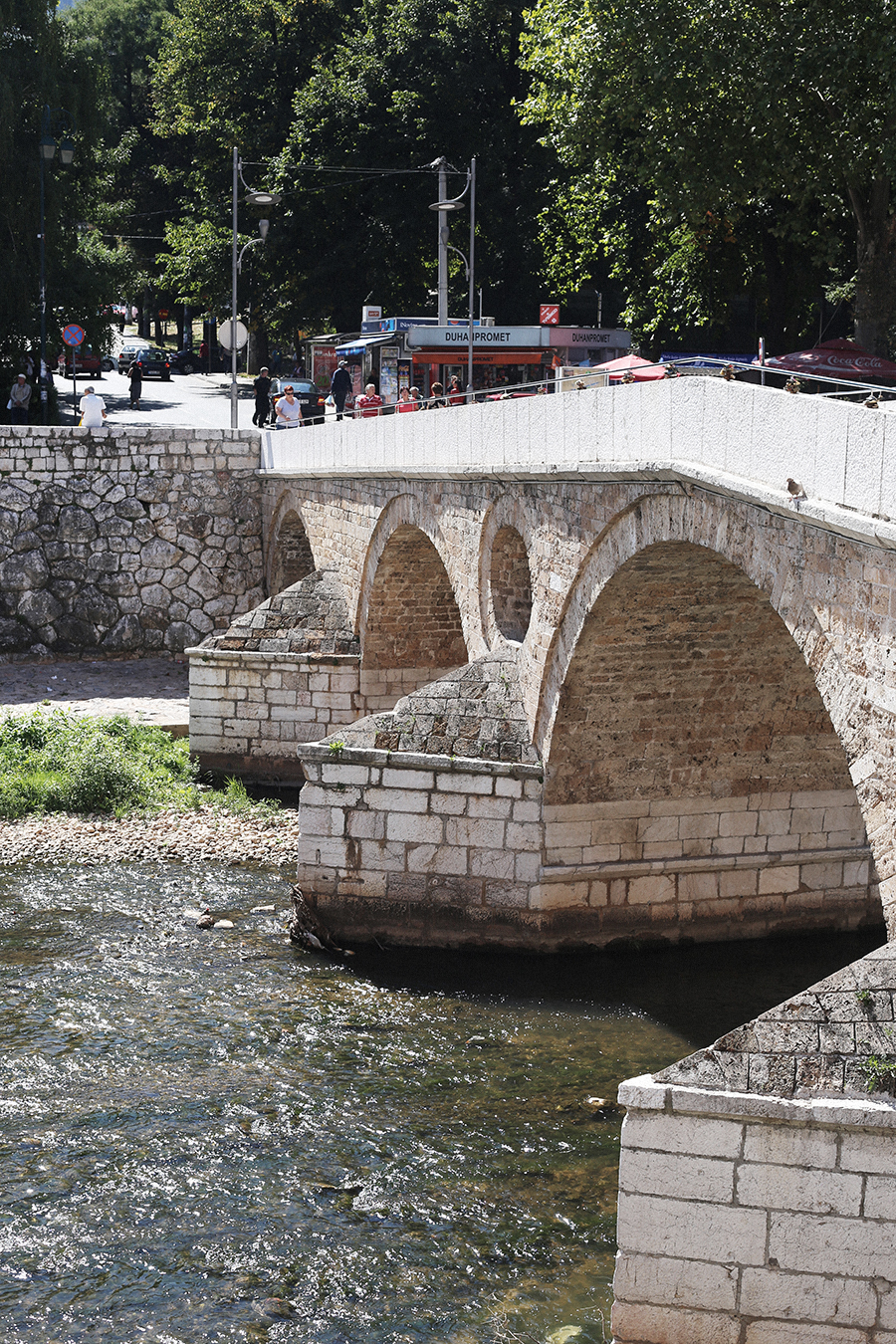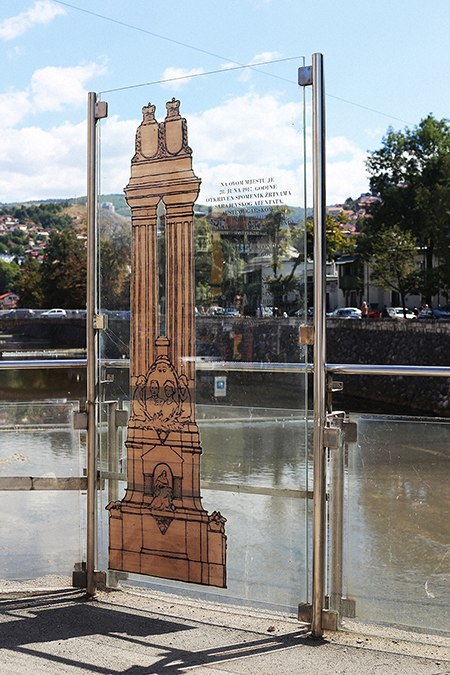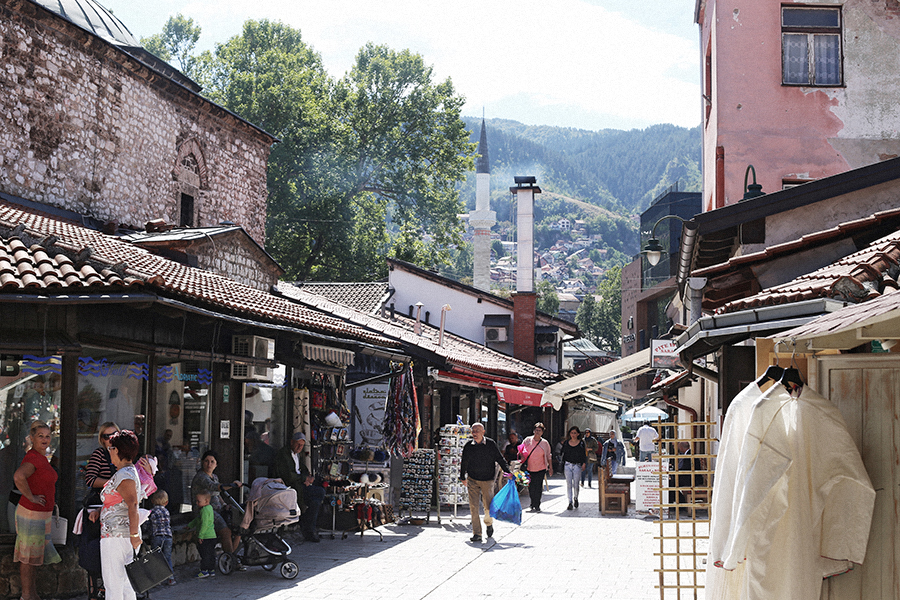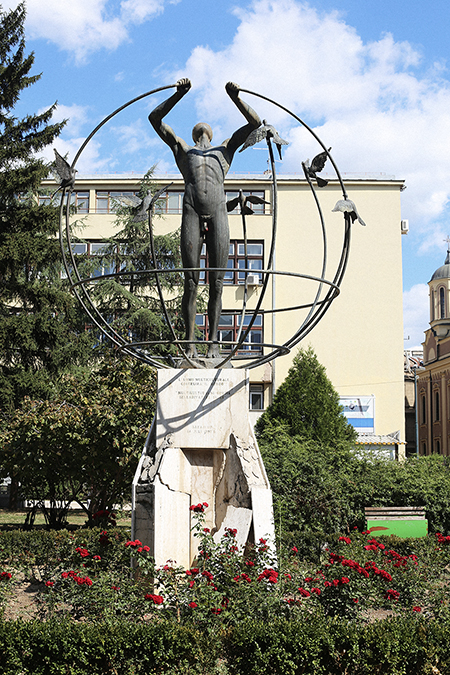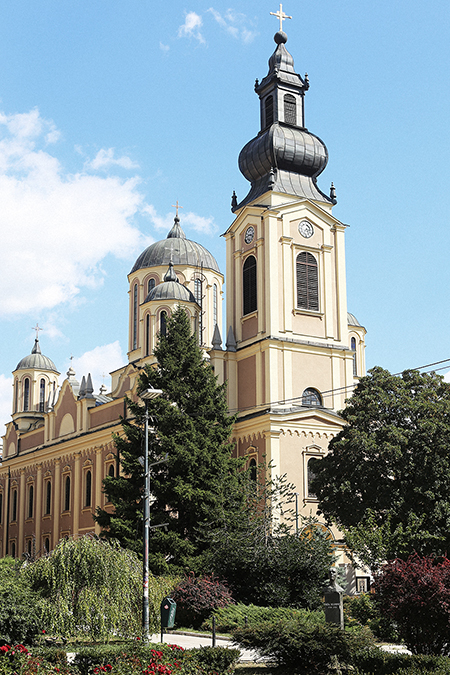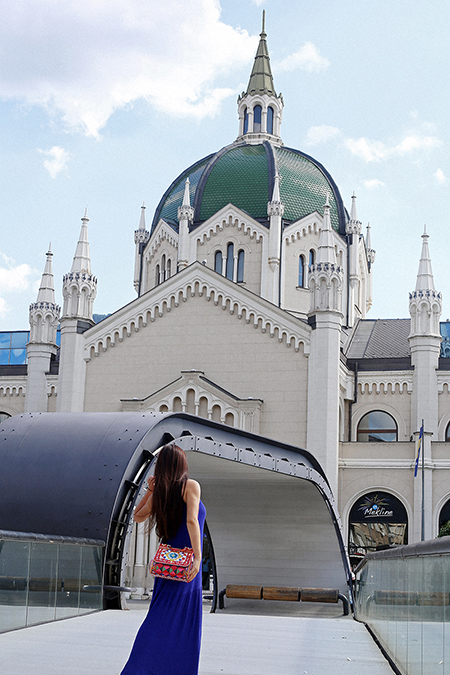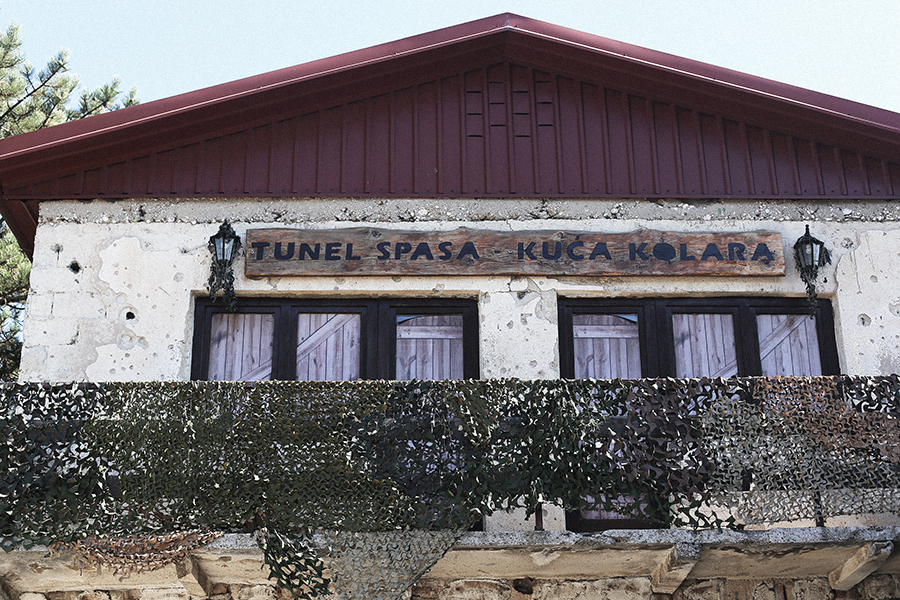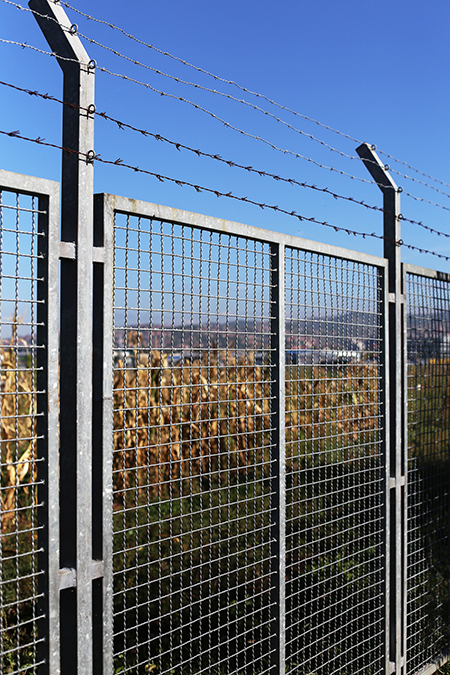A city a day keeps the wanderlust at bay...
20 DAYS. 20 CITIES. 6 COUNTRIES.
AUSTRIA • SLOVENIA • CROATIA • BOSNIA-HERZEGOVINA • MONTENEGRO • ITALY
PART 9, DAY 12: FOOD FOR THOUGHT in SARAJEVO, BOSNIA-HERZEGOVINA
Having spent the better part of the day in Mostar - the fifth largest city in Bosnia-Herzegovina and home of the country's most iconic bridge - it was time to head to the capital city, Sarajevo. Sarajevo seems like an obscure travel destination, being either a city that doesn't register on the mainstream mind map (Bosnia-Herzegovina itself being one of the least-visited countries in Europe) or a city that brings to mind images of desolation and destruction. Of course, now that I'm a little past halfway into my series 20 Days, 20 Cities, and 6 Countries in Austria, the Balkans, and Italy, you'd know by now that the catalyst of my 3 week road trip was my fascination with Yugoslavian history. I have heard Croatian and Serbian perspectives on the turmoil that seems to shadow the former socialist state, so now it was time to see the story from the Bosnian side. I knew that Sarajevo wasn't going to be all sunshine and roses, yet I wasn't completely prepared for the darkness that haunted this beautiful city...
A RICH LANDSCAPE OF NATURE, ARCHITECTURE, CULTURE, AND IDENTITY
From even before its inception to its dissolution, Yugoslavia's birth and death was marked with acts of war in Sarajevo: first with the assassination of Archduke Franz Ferdinand that sparked the first World War, and then with a series of political upheavals in the '90s; the most prominent in the international conscience being the siege on Sarajevo.
Sarajevo is a curious-looking city: it's an unusual combination of the old Ottoman town, grand Habsburg architecture from when Bosnia was part of the Austro-Hungarian empire, uninviting and stark Communist-era buildings from the Tito days, and newly built skyscrapers overshadowing skeletons of burnt, besieged buildings.
Sarajevo is a curious-looking city: it's an unusual combination of the old Ottoman town, grand Habsburg architecture from when Bosnia was part of the Austro-Hungarian empire, uninviting and stark Communist-era buildings from the Tito days, and newly built skyscrapers overshadowing skeletons of burnt, besieged buildings.
Then there is the landscape, which in itself is the clue to the city's near annihilation in the '90s. Sarajevo is nestled in a valley, surrounded by the Dinaric Alps in the heart of Southeastern Europe and the Balkans. Of equal, if not more, importance is the landscape of identity: Sarajevo has a long and rich history of religious and cultural diversity, being the only major European city to have a mosque, Catholic church, Orthodox church and synagogue within the same neighbourhood, earning Sarajevo the nickname "Europe's Jerusalem". The population is predominantly Bosniak, which usually means Muslim - like the rest of the former Yugoslavian states, race and religion are often inseparable when it comes to identity politics in Bosnia-Herzegovina.
LATIN BRIDGE
The LATIN BRIDGE is an Ottoman structure, the oldest among the preserved bridges in the city. With four arches resting on three thick pillars and the embankment, the LATIN BRIDGE is one of many that cross the Miljacka River that runs through Sarajevo. It was in 1914, at the northern end of LATIN BRIDGE where Archduke Franz Ferdinand, heir presumptive of Austria and his wife Sophie were shot and mortally wounded while travelling in their motorcade by Gavrilo Princip. The political objective of the assassination was to loosen the Austro-Hungarian grip on the Southern Slav provinces so they could break away from Habsburg rule to join Yugoslavia - a movement that later became known as Young Bosnia.
The assassination of the Archduke and his wife led directly to the First World War when Austria-Hungary declared war, causing almost all of Europe to scramble, take sides, and partake in a 4-year bloody showdown that would also be known as the Great War and the War to End All Wars. It was hard for me to imagine this unassuming-looking street corner as the birthplace of such great violence. The bridge arches over calm, peaceful waters that are ankle-deep, and twinkle as they stream down from the hills and run over pebbles. The only clue to the LATIN BRIDGE's dark history is a memorial plague on the northern end of the bridge and SARAJEVO MUSEUM on the street corner where the assassination took place.
BAŠČARŠIJA
The best example of Turkish influence in Sarajevo is the city's historical and cultural center - BAŠČARŠIJA. The word BAŠČARŠIJA derives from the Turkish language: "baš" being intepreted as head, primary, main, or capital; and "čaršija" derived from the Turkish word for bazaar or market. Sarajevo old bazaar was built in the 15th century and is the heart of Stari Grad, the city's Old Town. BAŠČARŠIJA is a cobblestoned time capsule of Old World Islam - ladies in burkhas visiting its mosques, historic Ottoman Empire buildings, and shops and stalls selling Turkish garb and grub. All of those Oriental elements juxtaposed with Western culture - I lost count of t-shirts bearing Coca-Cola style slogans that said 'Enjoy Sarajevo!' - in Europe was slightly surreal. BAŠČARŠIJA encapsulates the East-meets-West flavour that Bosnia-Herzegovina is known for.


xxx
DEATH BECOMES HER
The city is a living museum of death. A walk around town quickly impressed upon me that Sarajevo does not shy away from the tragic events of its recent history, rather, Sarajevo literally places it on a pedestal. At every twist and turn is a gallery or museum dedicated solely to war, genocide, and the Siege of Sarajevo in the '90s. One exhibit alone on the horrors of war, of death, destruction, and despair; is already harrowing, but the city's museums' and galleries' seem determined to not allow the atrocities they endured fade from consciousness. Out of respect I put my camera away when viewing the exhibits (with the exception of SARAJEVO TUNNEL MUSEUM), but I've included the list of museums and galleries that I visited.
THE ACADEMY OF FINE ARTS SARAJEVO
On a less morbid topic, THE ACADEMY OF FINE ARTS SARAJEVO is one of the finest art school buildings I've ever seen. The building, once a Evangelisticial Church, is a public higher education dedicated to fine art and visual arts, and founded by renowned artists, scientists, professors and professionals in the area of culture. THE ACADEMY OF FINE ARTS SARAJEVO is one of the lovelier buildings in Sarajevo, with a gentle looping bridge called Festina Lente (Latin for "make haste, slowly") which curls around in the middle to create a shelter with two seats. The bridge is the winning entry design by three product design students of the academy, representing "the union of the secular and spiritual" with the loop on the bridge as the "symbolic gate".
SARAJEVO TUNNEL MUSEUM
Of all the atrocity-related attractions in Sarajevo, the SARAJEVO TUNNEL MUSEUM is the greatest demonstration of resilience and resourcefulness. The literal piece de resistance of SARAJEVO TUNNEL MUSEUM is the Sarajevo War Tunnel. I listened with amazement as my local guide explained how the 800 metre tunnel was hand dug using only pickaxes and shovels, with the only source of light coming from “war candles” - cans of cooking oil with wicks made from string. It took 6 months to dig this tunnel, with the entrance concealed in a family home, running under the length of the airport runway, forming the city's lifeline to the outside world when Sarajevo was completely surrounded by hostile Serb forces.
Our guide merrily piped up: "We call this the Tunnel of Hope because it was our only way to get our essentials, you know, food, fuel, and cigarettes...!". I asked why the Serbian soldiers firing down at Sarajevo from the surrounding mountains didn't do anything about the tunnel, and she winked: "Because we dug it so that it ran under United Nations territory!". Twenty of the 800 metre-long corridor is part of the SARAJEVO TUNNEL MUSEUM and open for visitors to walk in. It was incredibly claustrophobic to say the least - about a meter wide and not much higher - and I nearly had a panic attack. I simply can't imagine how it feels to walk the full 800 metres carrying boxes of supplies and praying that the tunnel didn't cave in.
Our guide was a talkative lady (she trilled, "I'm sorry I can't stop talking and if I'm interrupting, it's just the way Sarajevans are!") whose cheerfulness belied the fact that she was only a child when she survived the longest-running siege of any city in modern history. She was close to my age, which was disconcerting - I always imagine war survivors to be elderly. Even more so than the Sarajevo Roses (bullet and shell holes painted red because the city didn't have the resources to patch them up), it was her young age making me realise how recent the war in Bosnia was that is truly disturbing.
I remember clearly how, as a child, the TV would constantly play commercials beseeching Malaysians to donate to the Bosnian war relief effort. I randomly met a (different) Bosniak Muslim lady in Sarajevo, who upon learning that I am Malaysian, said: "Thank you for the kindness that your country extended us during the Siege - yours was one of the few countries that constantly tried to help." She went on to say: "I've been to Malaysia. It's beautiful. I'm impressed by how it's stayed peaceful despite being multiethnic. That's how my country used to be before...this. Christians, Muslims, Bosnians, Serbs, existing together. Now those days are over."
At the time, I was speechless. But now I wish I had told the Bosnian lady that maybe the reason why Malaysia was so quick to help was because we saw a parallel: of tension simmering beneath the tolerance. I think that we helped partly because we were afraid that one day, we could too find ourselves in the same situation.
...really makes you think, doesn't it?




